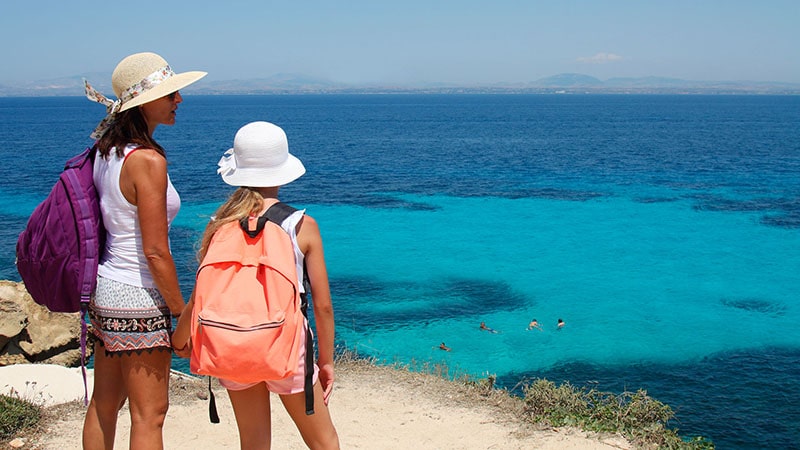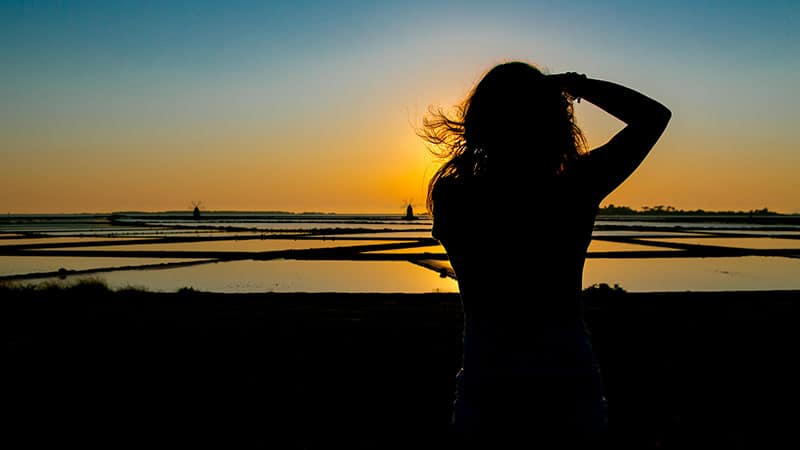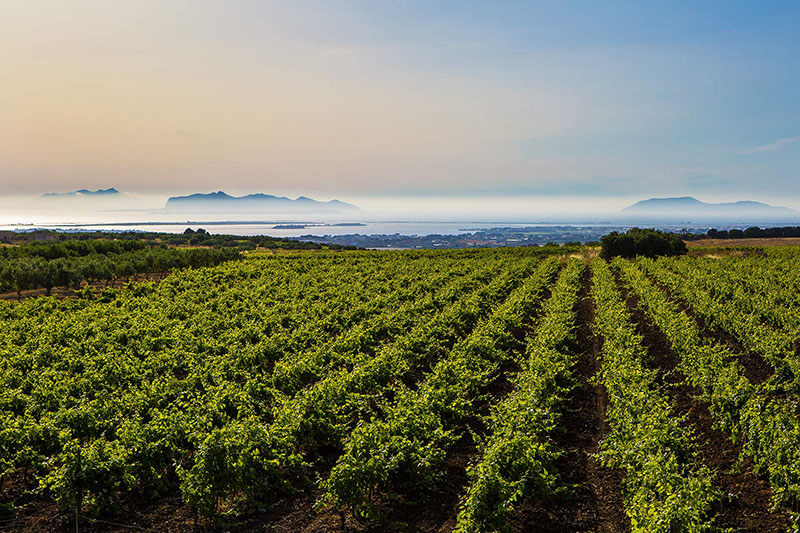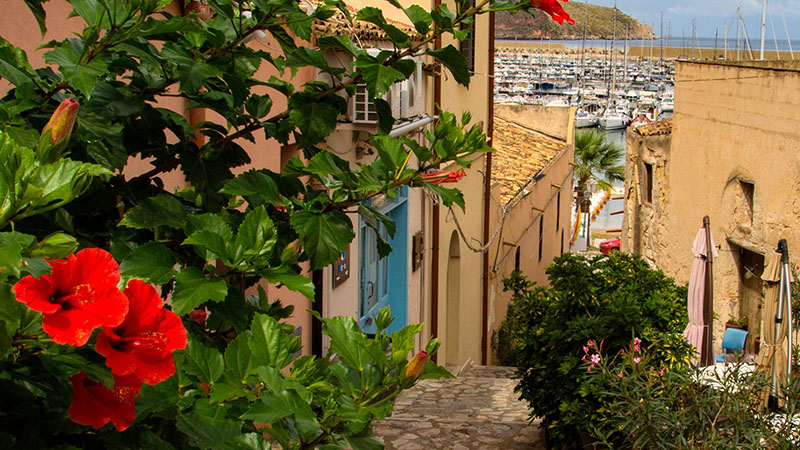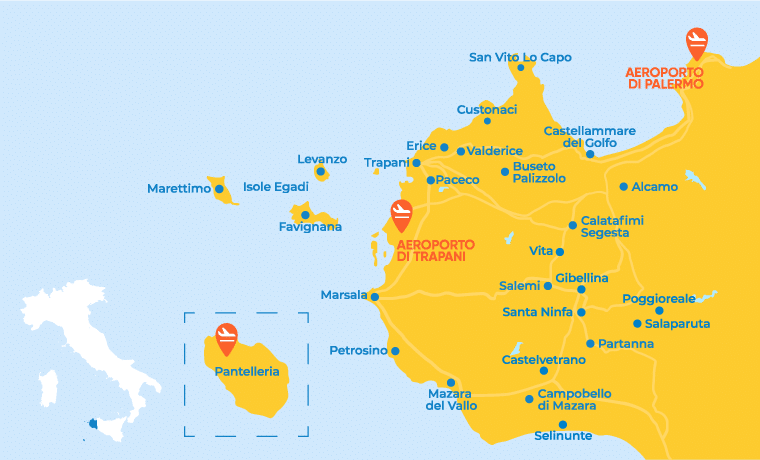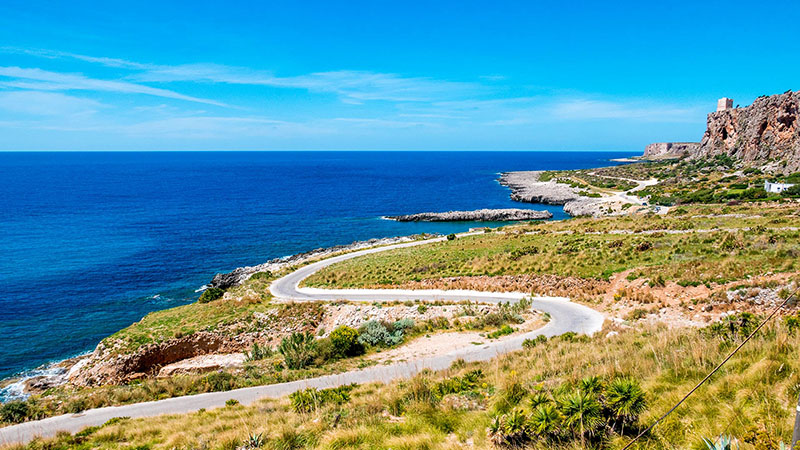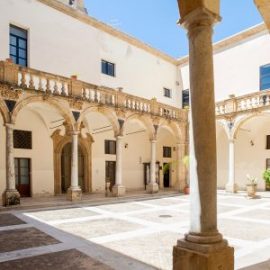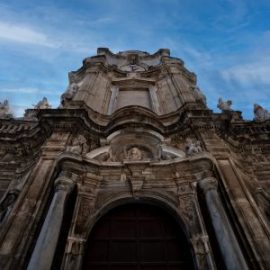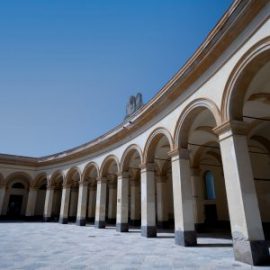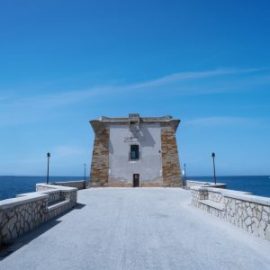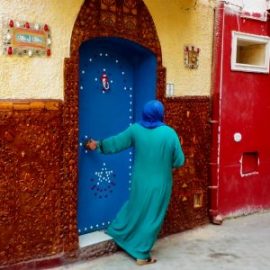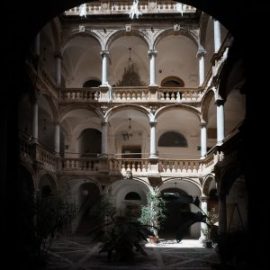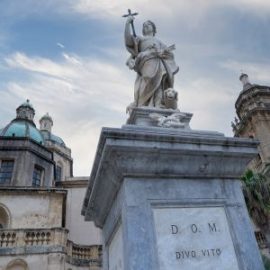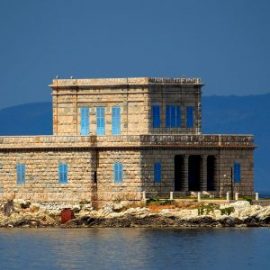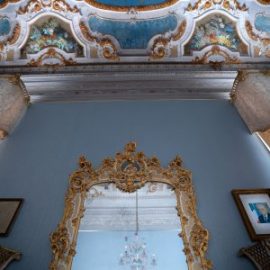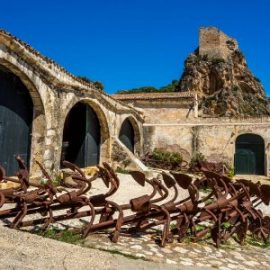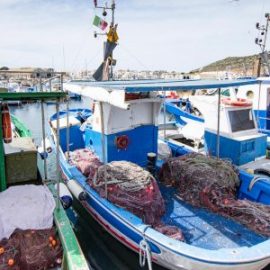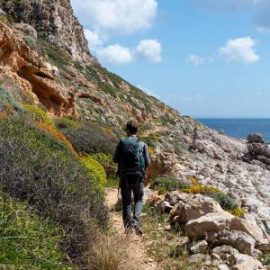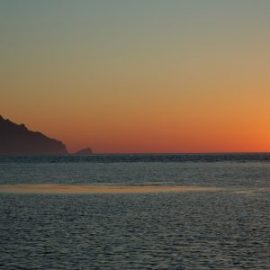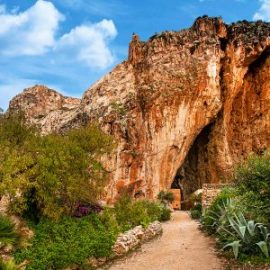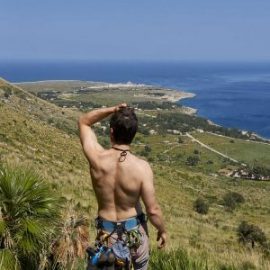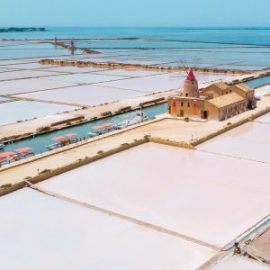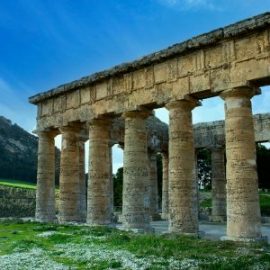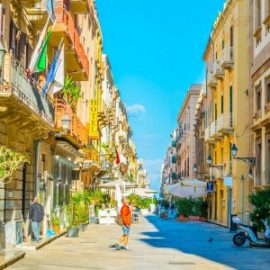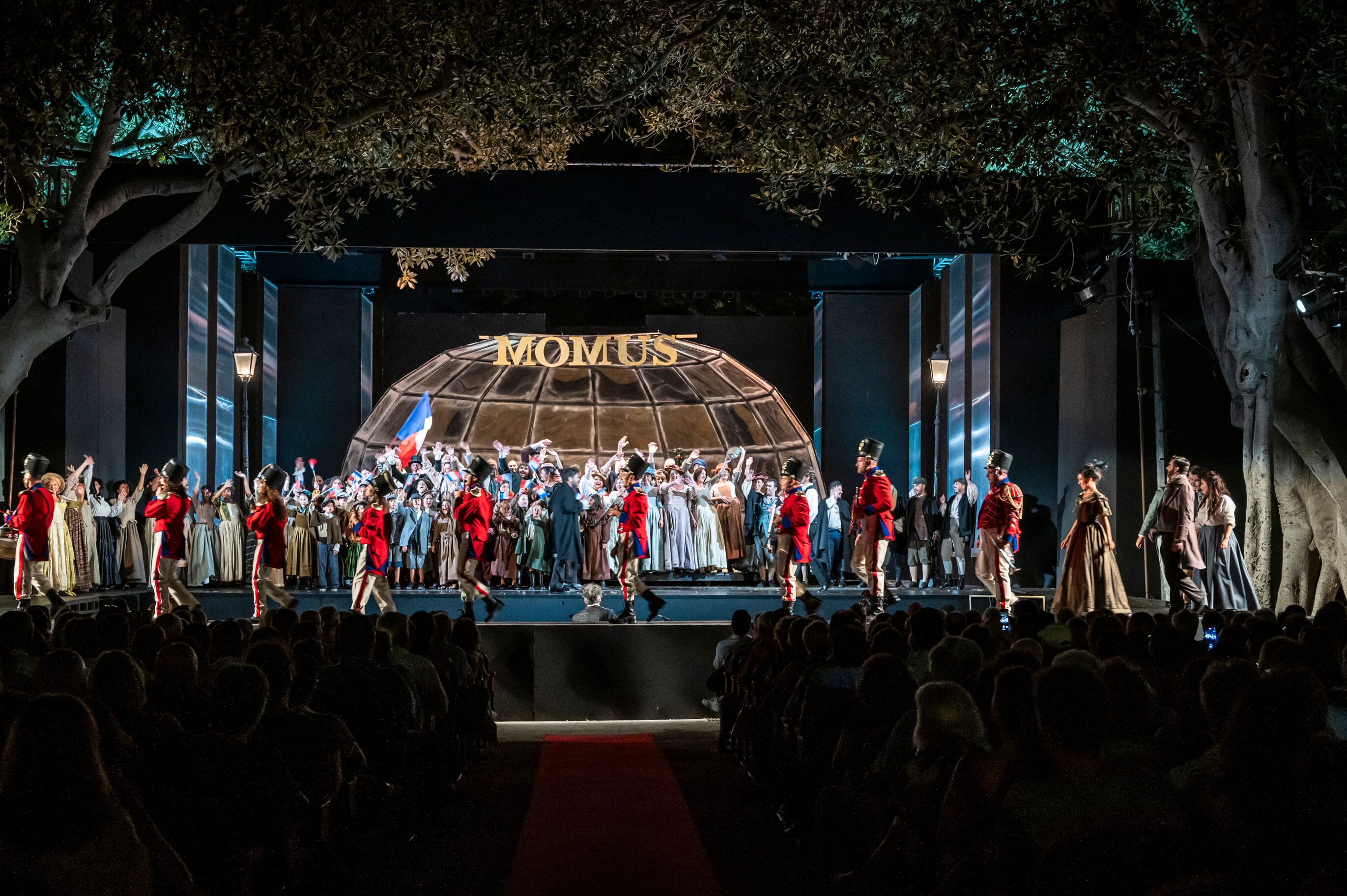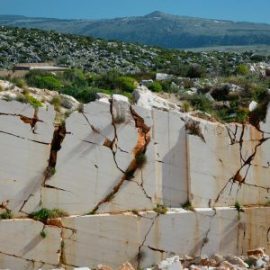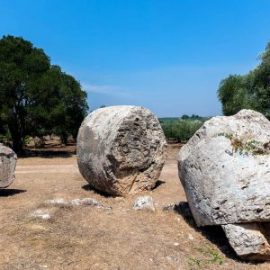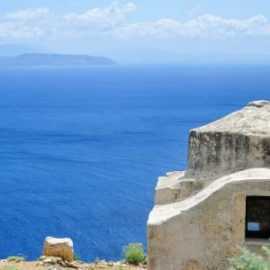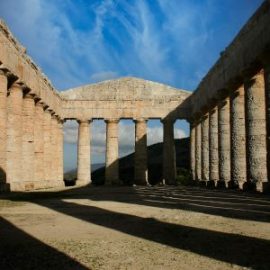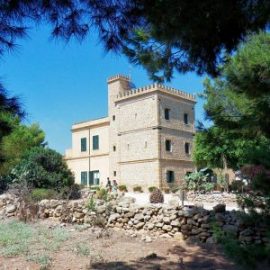Archaeological Park of Selinunte
Experience the greatness of the Ancient Greeks.
Due to its vast size and the density of residential areas, Selinunte has been described as a kind of “megalopolis of antiquity”
Set in a magnificent landscape, where the blue of the sky joins the green of the Mediterranean scrub and stretches out over the turquoise sea, Selinunte with its three hills, its majestic Doric temples – which, in their spectacular grandeur, must have been visible even to seafarers – still bears witness to the importance of this ancient Greek city in Sicily.
Founded in 628 BC by the colonists of another Greek colony in Sicily, Megara Hyblaea, with the support of the Greek motherland Megara Nisea, from which its founder, Pammilo, came, Selinunte became extremely prosperous and powerful, thanks to its strategic position between the indigenous world, the Greek world of Sicily and the Punic world. Its two ports, built at the mouths of the rivers Modione and Cottone, facilitated trade and the expansion of the settlement, to the point of becoming a “megalopolis of antiquity”, as suggested by its size and the density of residential areas. Its destruction in 409 BC by the Carthaginians brought an end to its splendour and after this date Selinunte went through a ‘Punic’ phase, characterised by significant cultural intermingling.
This major ancient city, which developed and prospered owing to its position overlooking the African Sea and its integration into the trade networks of this part of Sicily, had two ports, built at the mouths of the Modione and Cottone rivers, which ran through the city.
Archaeological Park of Selinunte
Visitors to the park can explore different areas of the ancient city: the eastern hill with the three temples E, F and G, the sacred hill of the Acropolis, surrounded by the mighty fortification of Porta Nord (North Gate), from which you can walk to the sandy Gaggera hill, with its sanctuaries dedicated to Demeter Malophoros and Zeus Meilichios.
The acropolis was also of considerable importance due to its religious and political role: located on the southern hill of the site, flanked by the Cottone and Modione rivers, it occupies a prominent position in the surrounding area. The acropolis was clearly visible to those coming from the sea, and the area around it was among the first places to be occupied by settlers when the site was founded; the so-called ‘sanctuary of the acropolis’, a spiritual home for the Selinuntines, was also built here. Bounded by a sacred enclosure to the north and south, the sanctuary was the city’s main religious centre, tangible evidence of which can be found in the remains of its five Doric temples (denominated A, B, C, D and O), and two cultic altars. One only needs to pay a visit to the Museo Salinas in Palermo to get an idea of the magnificence of these temples with their superb narrative decorations.
The area of the acropolis was reoccupied during the Punic occupation, after 409 BC, with the construction of residential buildings, which used the remains of the ruins as building material, and several sacred areas, carved out of pre-existing cult buildings, as indicated by the famous mosaics with Punic symbols in temple A.
The ancient agora was the link between the two urban areas of the city of Selinunte: the acropolis to the south and the extensive Manuzza plateau, a residential area, to the north. The agora was trapezoidal in shape and on its sides were the shops, while in the centre was the so-called heròon , a cenotaph dedicated to the cult of the oikistes Pammilos. Excavations have revealed the foundations of a monumental public building dating from the 5th century BC and evidence of the probable presence of a portico.
Finally, in this important Greek city, there is evidence of the frequentation for cultic purposes of extra-urban sacred areas, in existence from the 7th century BC and located both to the east and to the west of the Acropolis. In the area of Gaggera Hill, the settlers built a contiguous series of sacred areas: the sanctuary of Malophòros, dedicated to Demeter, the so-called Temple M in the north and the area presumably dedicated to Hera in the south. These sanctuaries, less lavish than the urban ones, were in use for an extended period of time, as evidenced by the many votive offerings. Three temples were built on the hill that defines the eastern part of the city: temple E, dedicated to Hera, temple F, dedicated to Dionysus and temple G, dedicated to Zeus.
info: selinunte.gov.it
_________________________________________________________________________________________________________________________________________________________________________
Cave di Cusa
Time has stood still here.
About 17 km northwest of Selinunte is the archaeological site of the Cave di Cusa, which is part of the Archaeological Park of Selinunte, precisely because these quarries are strongly linked to the ancient Megarian colony.
In use since the 6th century BC, these quarries yielded excellent calcarenite and played a very important role in the execution of the monumental Selinuntine building projects: the materials extracted here were used to build Selinunte’s majestic temples. Indeed, despite its distance, a long stretch of this calcarenite outcrop – compact and massive – lent itself to the creation of large blocks from which large capitals and blocks of columns could be carved almost entirely on site. The uniqueness of this place lies both in the size of these quarries, set in a striking landscape, and in its state of preservation, which has made it possible to analyse all the stages of stone processing. Moreover, what makes this place all the more impressive is that everything was left as it should have been in 409 BC, the year of the destruction of Selinunte by the Punic army. The sudden interruption of the works is still evidenced today by the presence of two sculpted columns, ready for extraction, and huge abandoned column blocks ready to be transported to Selinunte, the great Greek city that itself became an open-cast quarry for centuries.
info: selinunte.gov.it
Other ideas for your trip
- Nearby
- Not to be missed
- Archaeological areas



